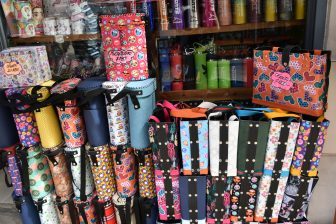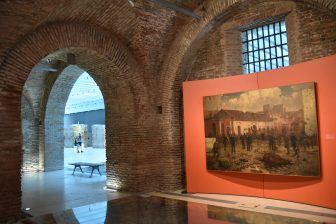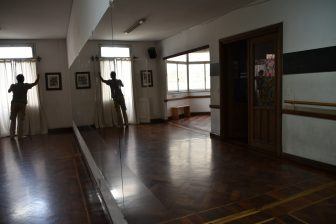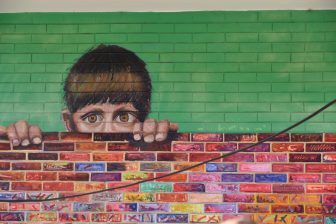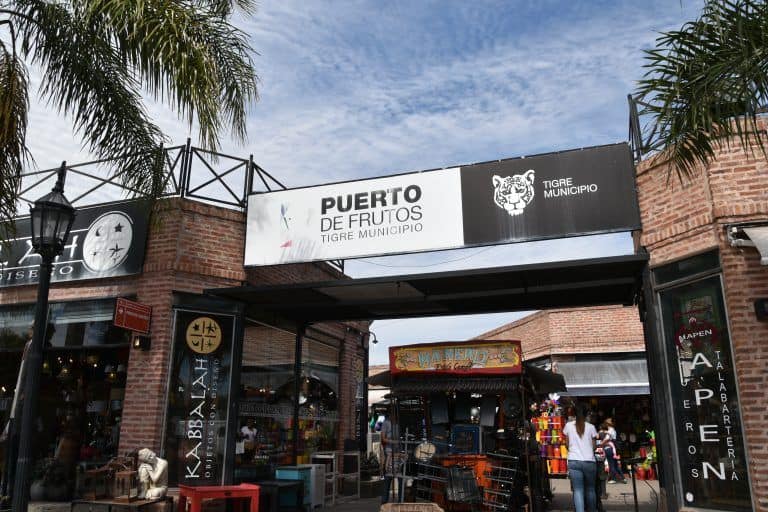
[ Mar.2018 ] Our destination of the tour on the day was Tigre, the main town in delta of Parana River in the suburbs of Buenos Aires in Argentina.
Tigre means ‘tiger’ and the reason for this name is that when the immigrants came to this area for the first time, they thought they saw tigers.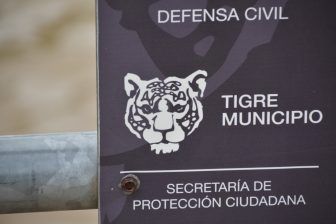
But in fact those animals were jaguars which are smaller.
Of course there are no jaguars now.
When we got closer to the town, we saw many woodwork shops.
They were mainly simple wooden furniture made of the timbers from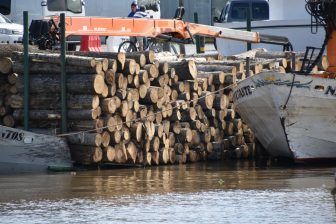
After arriving in Tigre, we went to the market called Puerto de Frutos.
In the past, this was a fruit market selling the fruits grown on the islands, but they started growing those fruits on the mainland, so it became a craft market instead, selling baskets and things made on the islands.
Now they sell everything including souvenirs.
For example, we found one special shop selling only goods related to Mate tea.
Mate tea is the drink closely related to the Argentinians’ everyday lives and we saw many people carrying the special bags which were very obvious during this holiday.
We tried this drink once during our last visit to Argentina, but I was not sure it was the correct way of drinking Mate, because we brewed it ourselves at a hotel.
As I told Elisabet, our guide, about this she brought us the proper one the next time we met.
She put some sugar in at first so that it became easy to drink, but every time she added more hot water, the sweetness gradually disappeared and eventually it tasted quite bitter.
I had a feeling that it was similar to the Puer tea, which we bought in Taiwan and drank everyday for a while, but it might be very different if you try drinking them one after the other.
According to an internet site, Mate works as the vitamin supplement for Argentinians who eat so much meat and not many vegetables.
My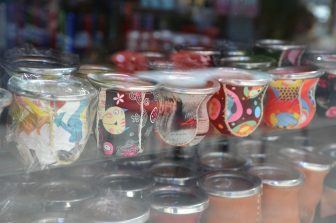
Elisabet told us that the taste would be different depending on the material of the cup.
She recommended the traditional cups made of either gourds or wood and she said “The recent ceramic ones are not good at all”.
Anyway, back to the Tigre market and another shop I noticed was one selling jewellery.
The pink semi-precious stone called Rhodochrosite which is also called Inca Rose is the national stone in Argentina.
I bought some last time, too, but in this market, I found a lovely pendant with a bigger stone, so I bought it at once.
A few days later when we met again with Elisabet, she said “The one you bought in Tigre was really nice”, which made me happy thinking even for the locals it was good.

